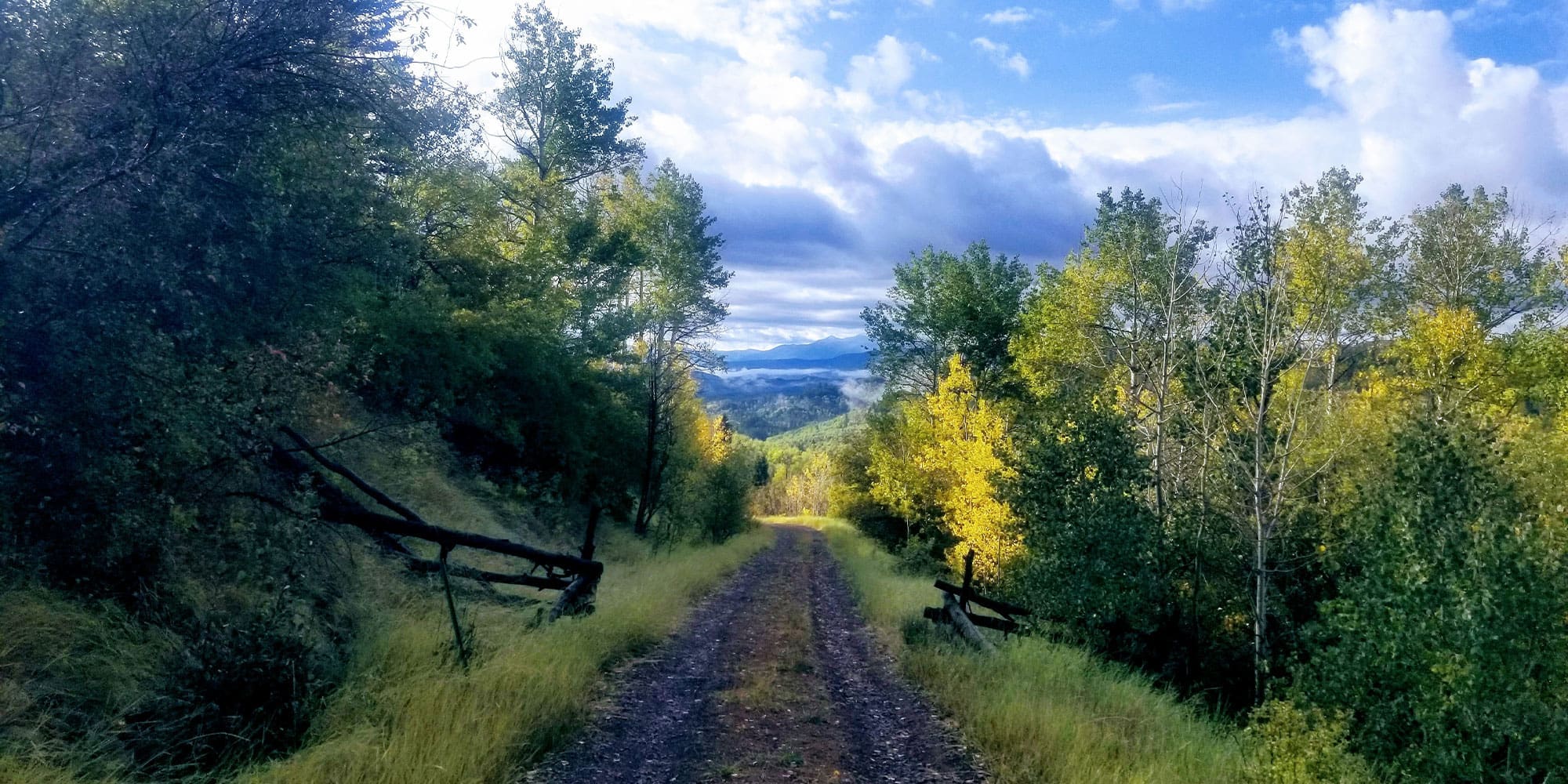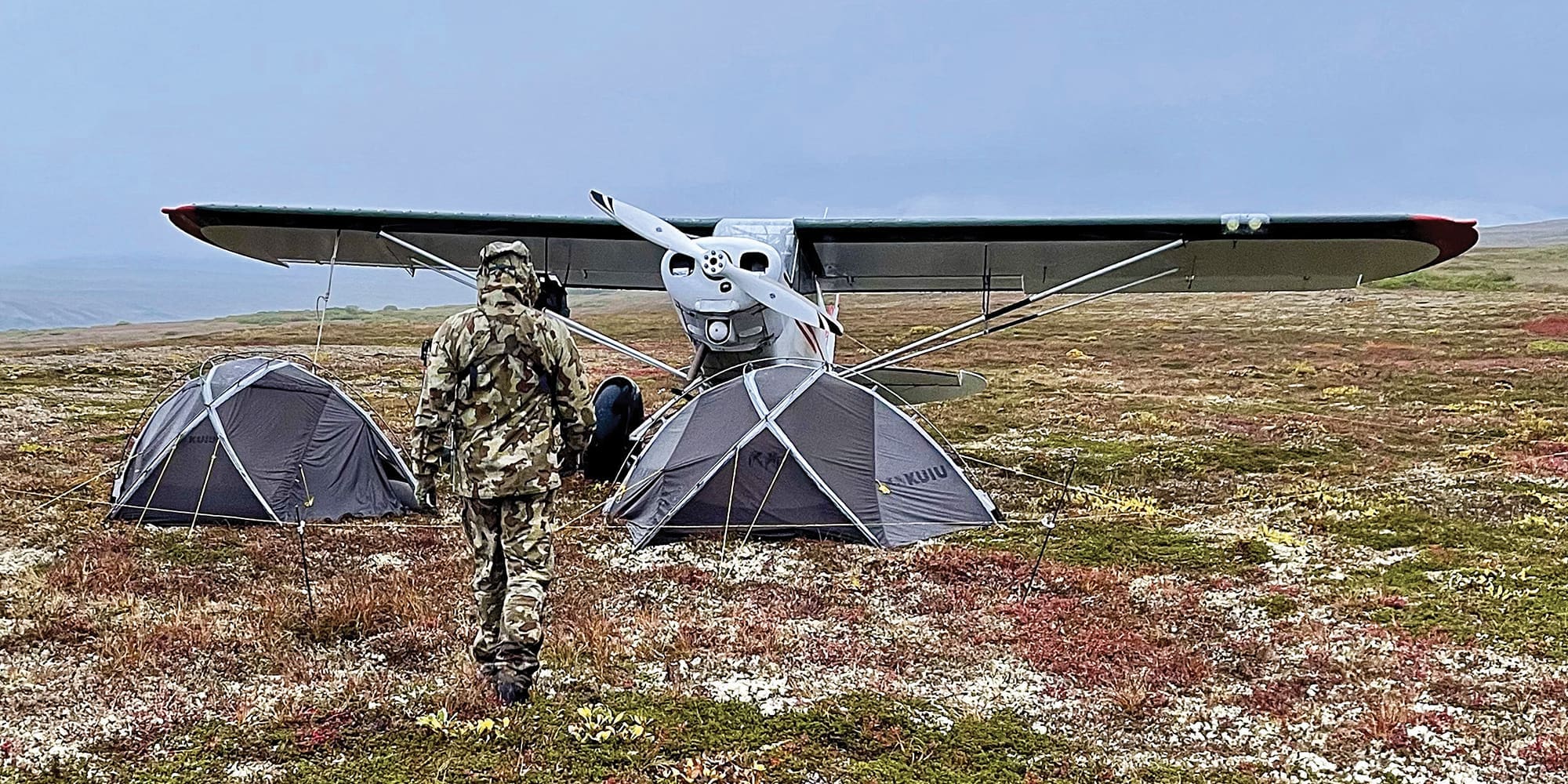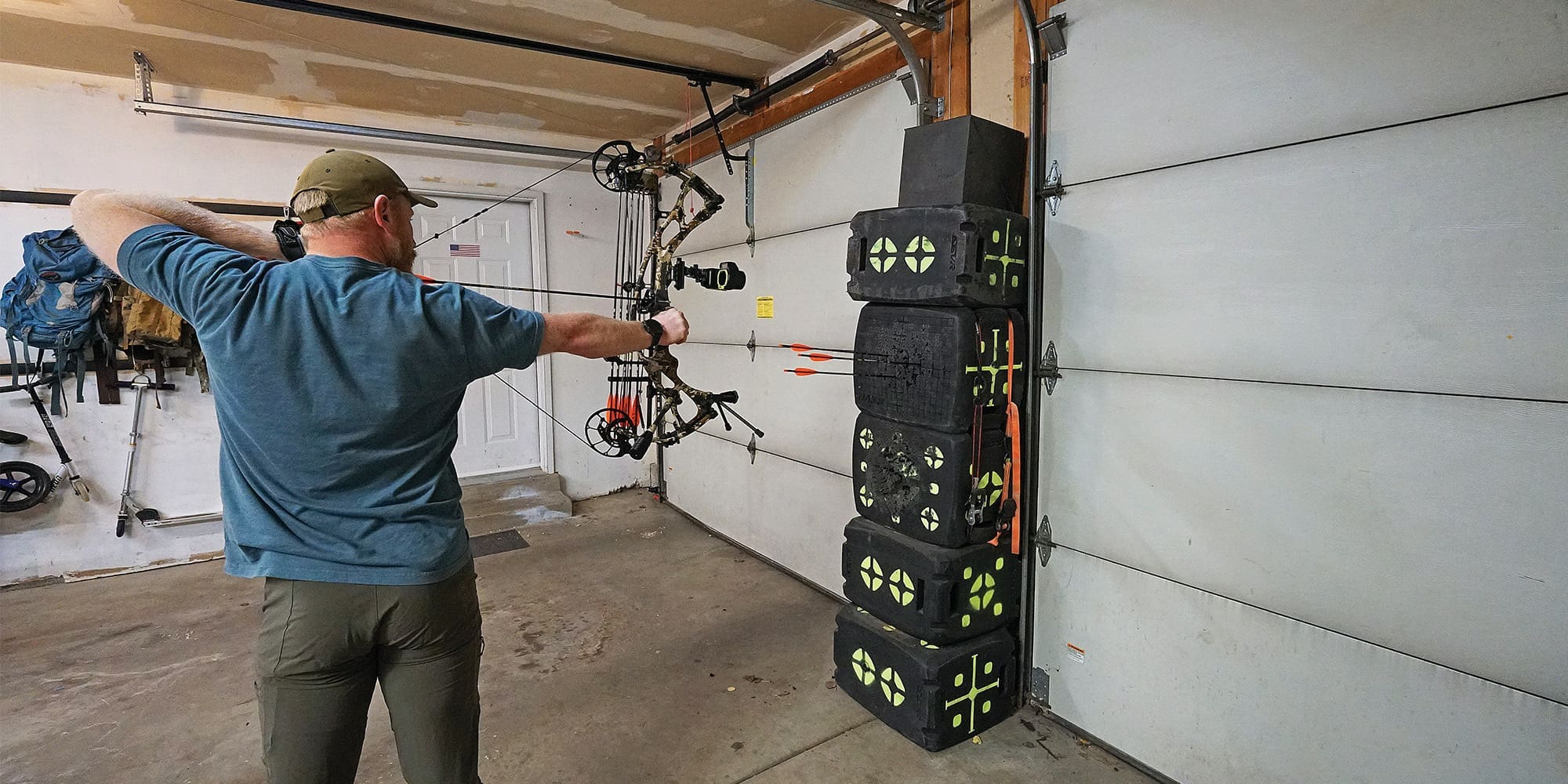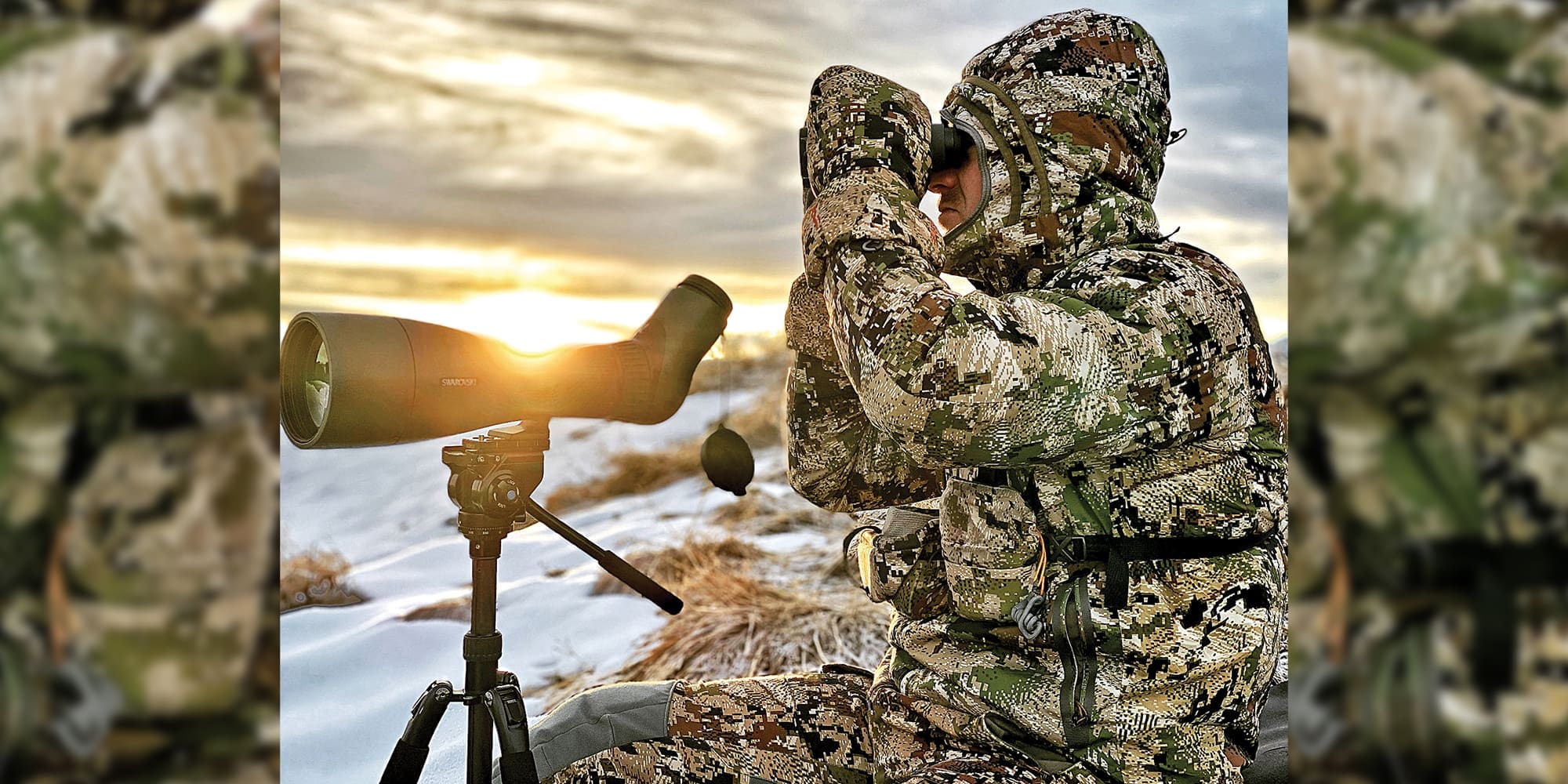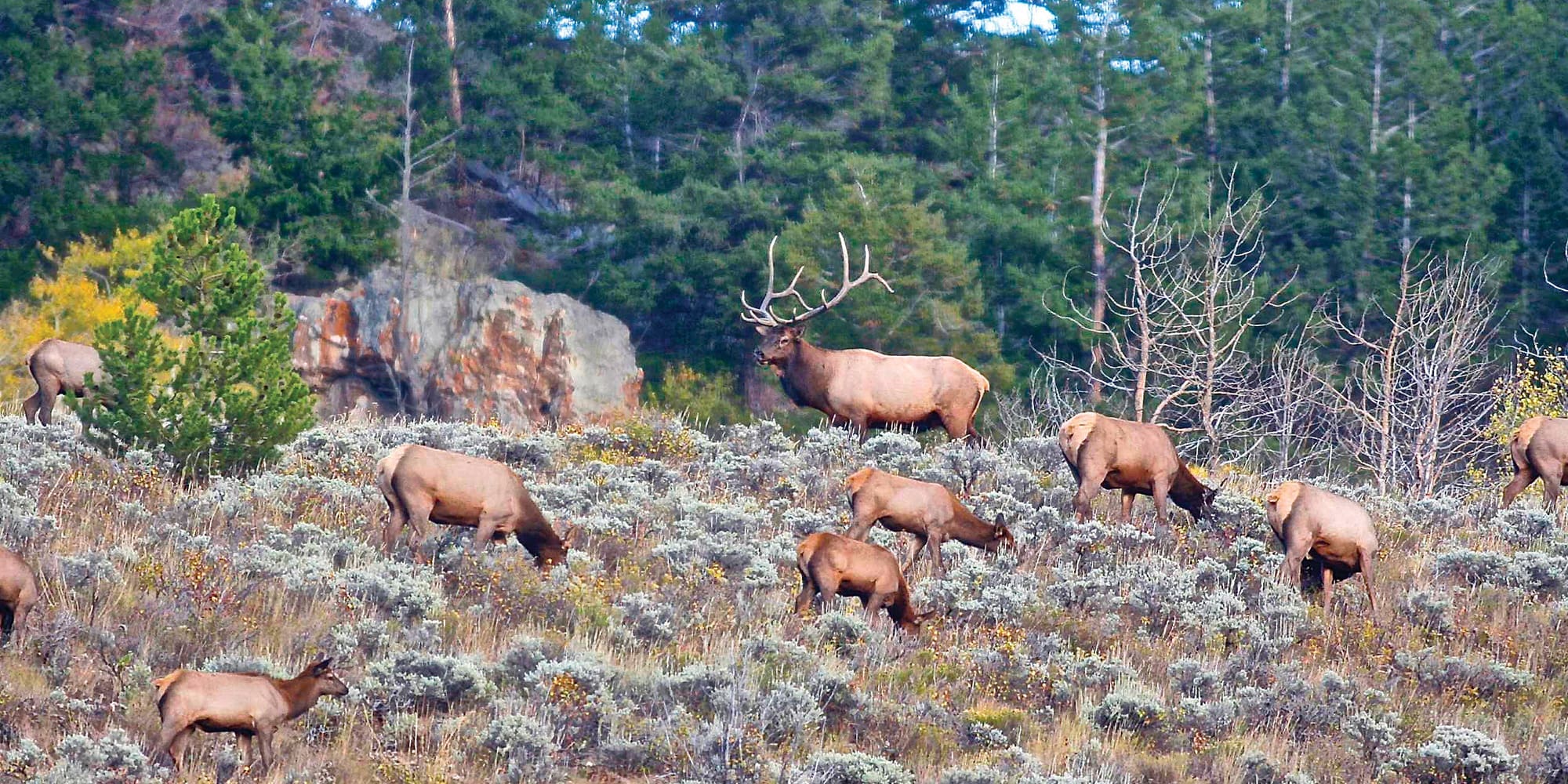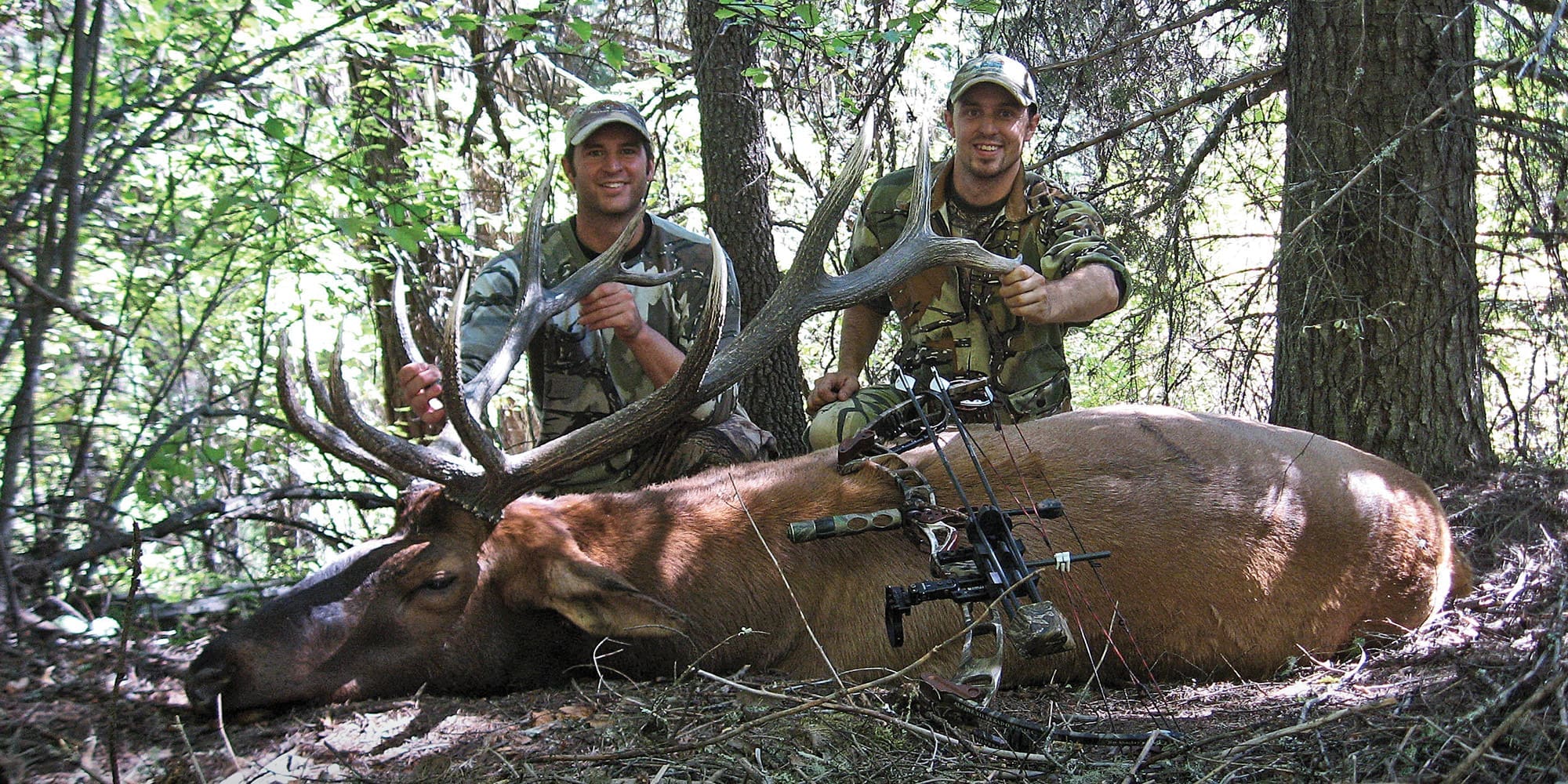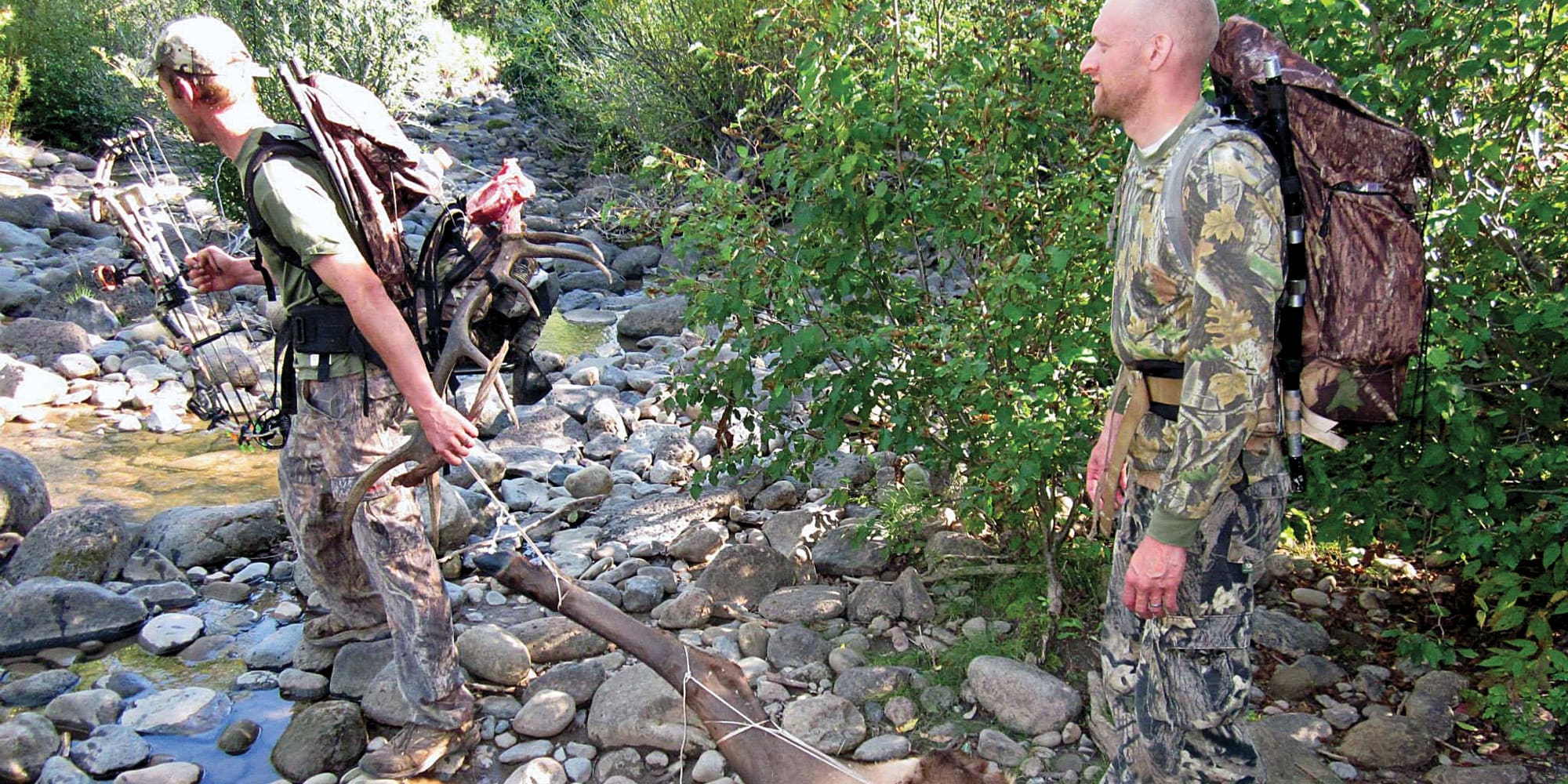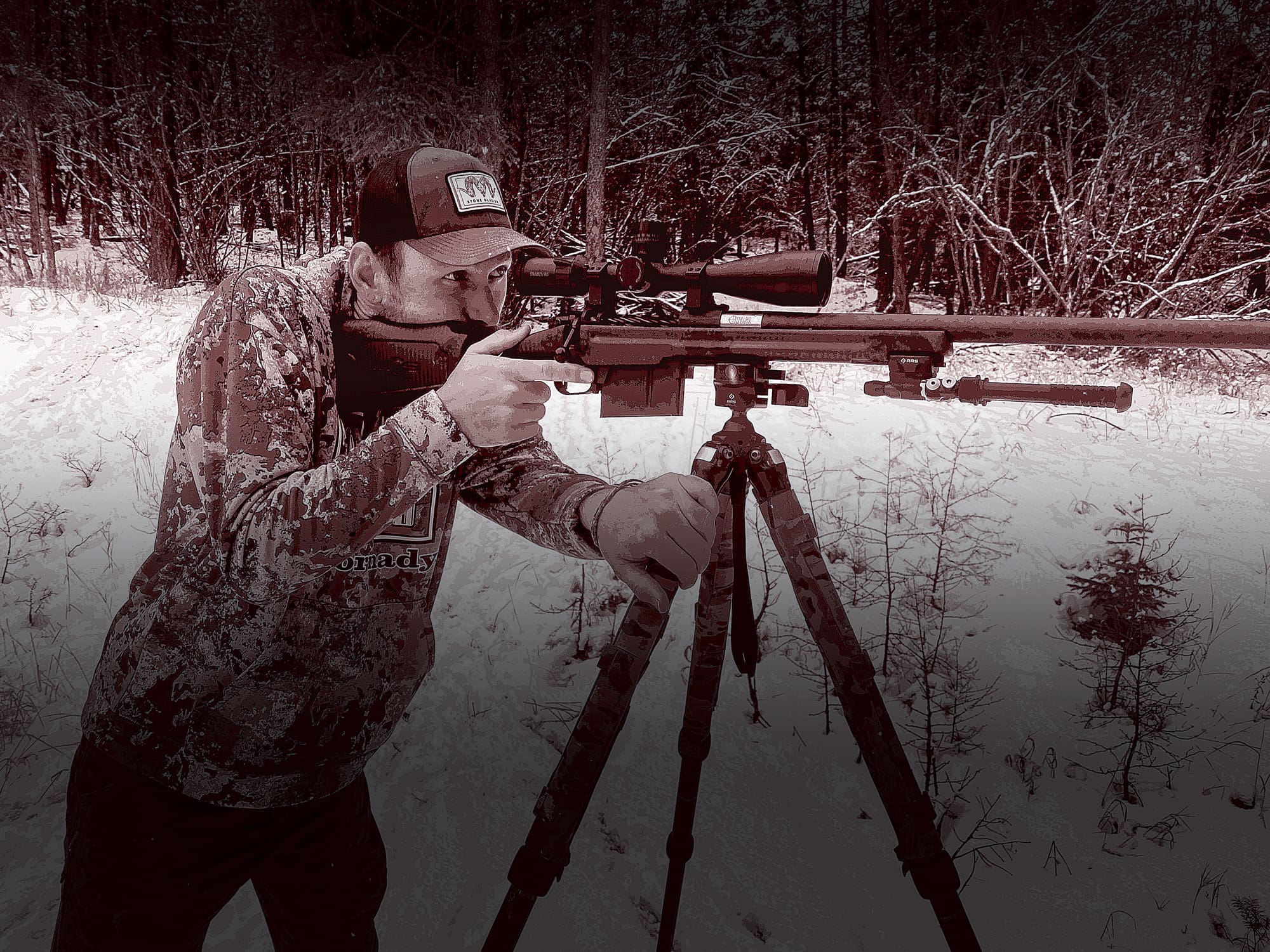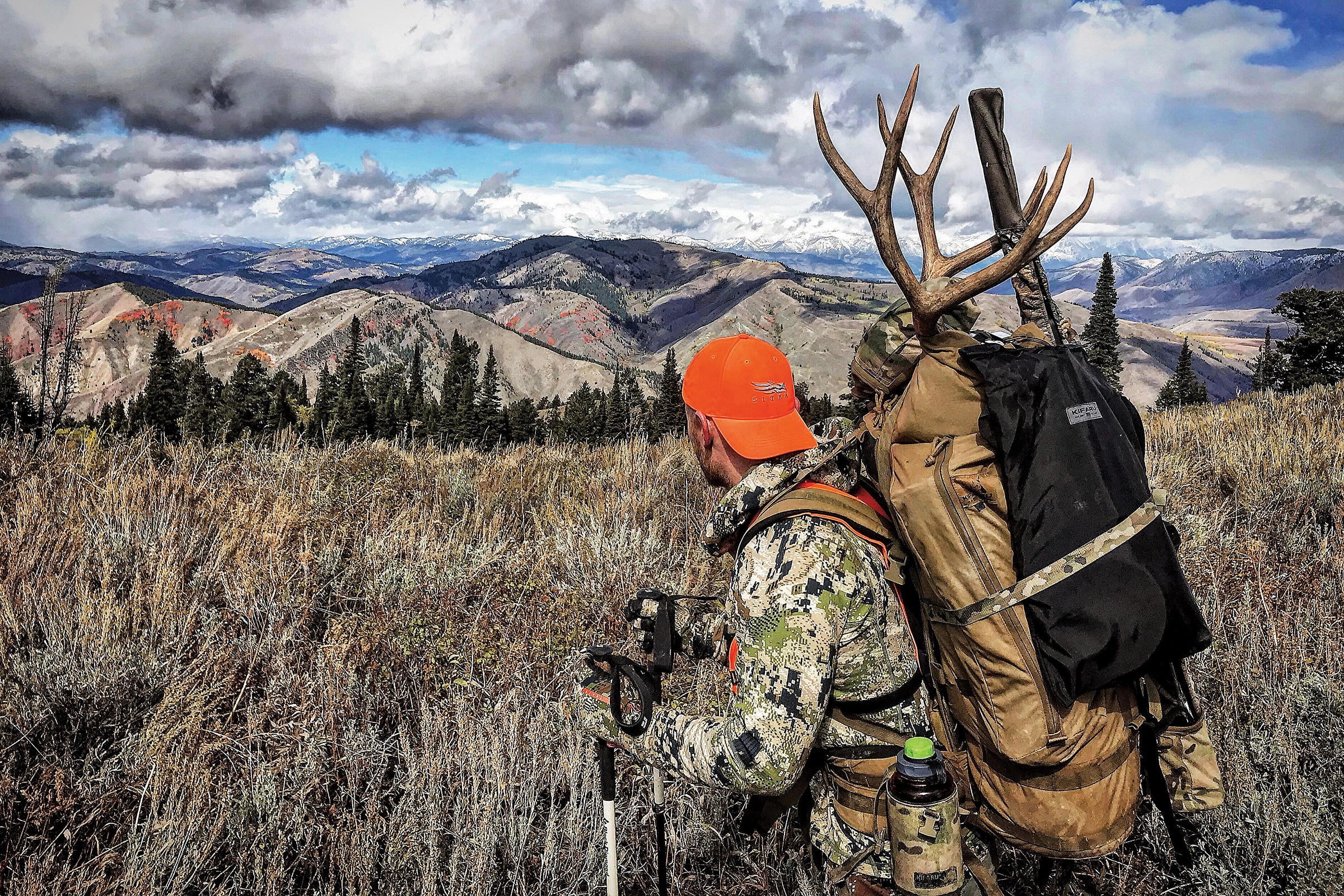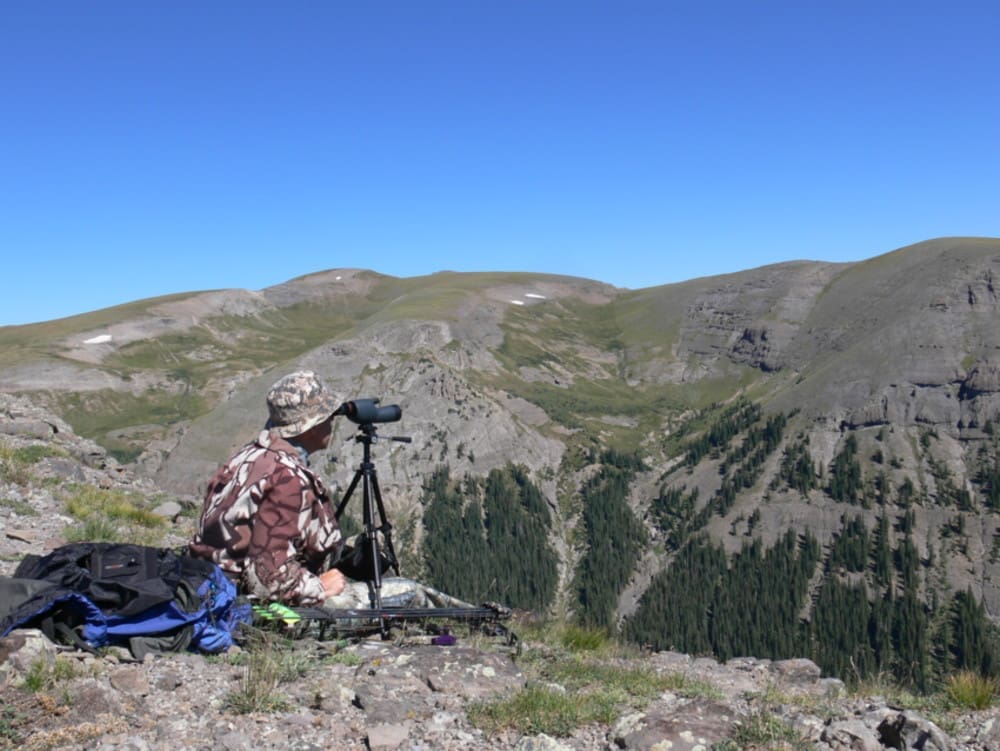
NOTICE: Certain links on this post may earn a commission for Western Hunter Magazine from Amazon or our other affiliate partners when you make a purchase. Thank you for your support.
Tips To Combat Altitude Sickness
Like many bowhunters in the West, I long for trips to pursue velvet-clad mule deer or elk that inhabit the upper reaches of the Rocky Mountains. The early fall archery seasons are one of the most enjoyable times of the year to be in the high country where you can visually embrace what Mother Nature has to offer. Abundant wildflowers, tundra-type vegetation, alpine willow patches, an occasional pica alarm - this is what fills the empty void for many bowhunters looking for solitude and fulfillment.
Western bowhunters aren’t the only ones who are now beginning to show interest in this type of outdoor adventure. Our eastern brothers and sisters are also exploring the Rocky Mountains above timberline as well. Unfortunately, both eastern and western hunters alike have learned that the beautiful scenery and loneliness of the wilderness can also be very dangerous if they’re not properly prepared for such an increase in elevation.
Acute Mountain Sickness
Most early-season deer or elk hunts I’ve experienced in the high country over the years are above 11,500 feet. Since I live in the desert at exactly 23 feet above sea level, there are certain steps I must complete to help alleviate one of the most serious conditions one can experience in the high country: Acute mountain sickness (AMS). While I’m not an expert on AMS, I can share some steps that have worked for me over the years. I would encourage anyone who wishes to attempt a high-country hunt to consult with their respective physician prior to their hunt, especially if they have any health or physical concerns.
Acute mountain sickness, also called altitude sickness, is an illness that occurs when the body is unable to adjust to high elevations. It’s caused by a combination of reduced air pressure and lower oxygen levels experienced at high altitudes. At 11,500 feet, oxygen levels are 33% less than at sea level.
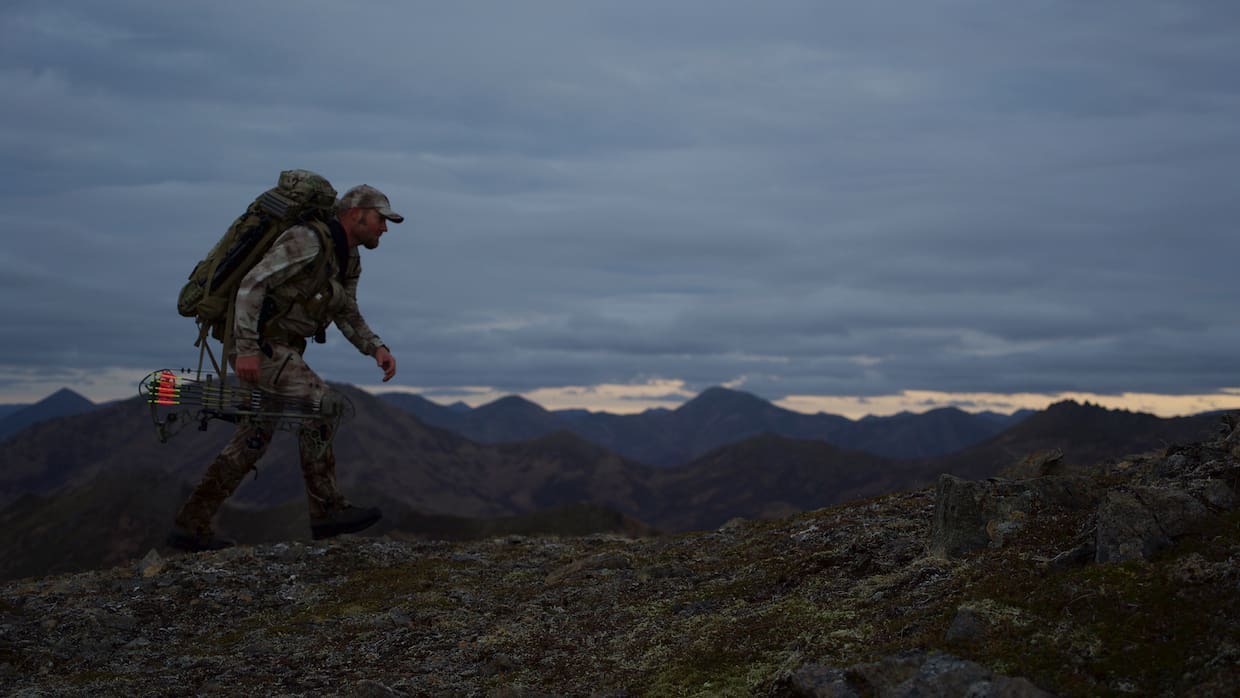
Symptoms of AMS can range from a mild headache with nausea and fatigue to a life-threatening buildup of fluid in the lungs or brain. In severe cases, it can be deadly if not treated immediately. One thing to keep in mind is the faster you ascend to a higher altitude, the more likely you’ll acquire AMS. Your symptoms will also depend on how much you exert yourself. The only way to stop AMS, once you experience its symptoms, is to descend immediately to a lower elevation where oxygen levels are higher.
Fueling Your Body - Naturally
There are several natural steps I take to reduce or alleviate these symptoms from potentially ruining my hunt. When I use the term “natural”, I’m referring to steps that don’t require any supplements or prescription medication. First and foremost, you need to be in good physical shape to endure the pain and fatigue encountered when traversing the steep mountain ridges as you hike with a 40 to 60-lb. pack on your back. Having said that, you don’t need to be a marathon runner, bench press 300 lbs., or eat nails for brunch. You do however need to have a reasonable body fat percentage, and not be overweight to the point that it inhibits your ability to navigate difficult terrain without over-exertion.
Since I live near sea level, I generally start to consume a lot of water (at least 80 oz. a day) a few days before I drive to the trailhead. I also start consuming more carbohydrates than normal to prepare for my ascent into the alpine country. The areas I hunt in Colorado are a long way from my home, so I usually break my drive up into a two-day trip.
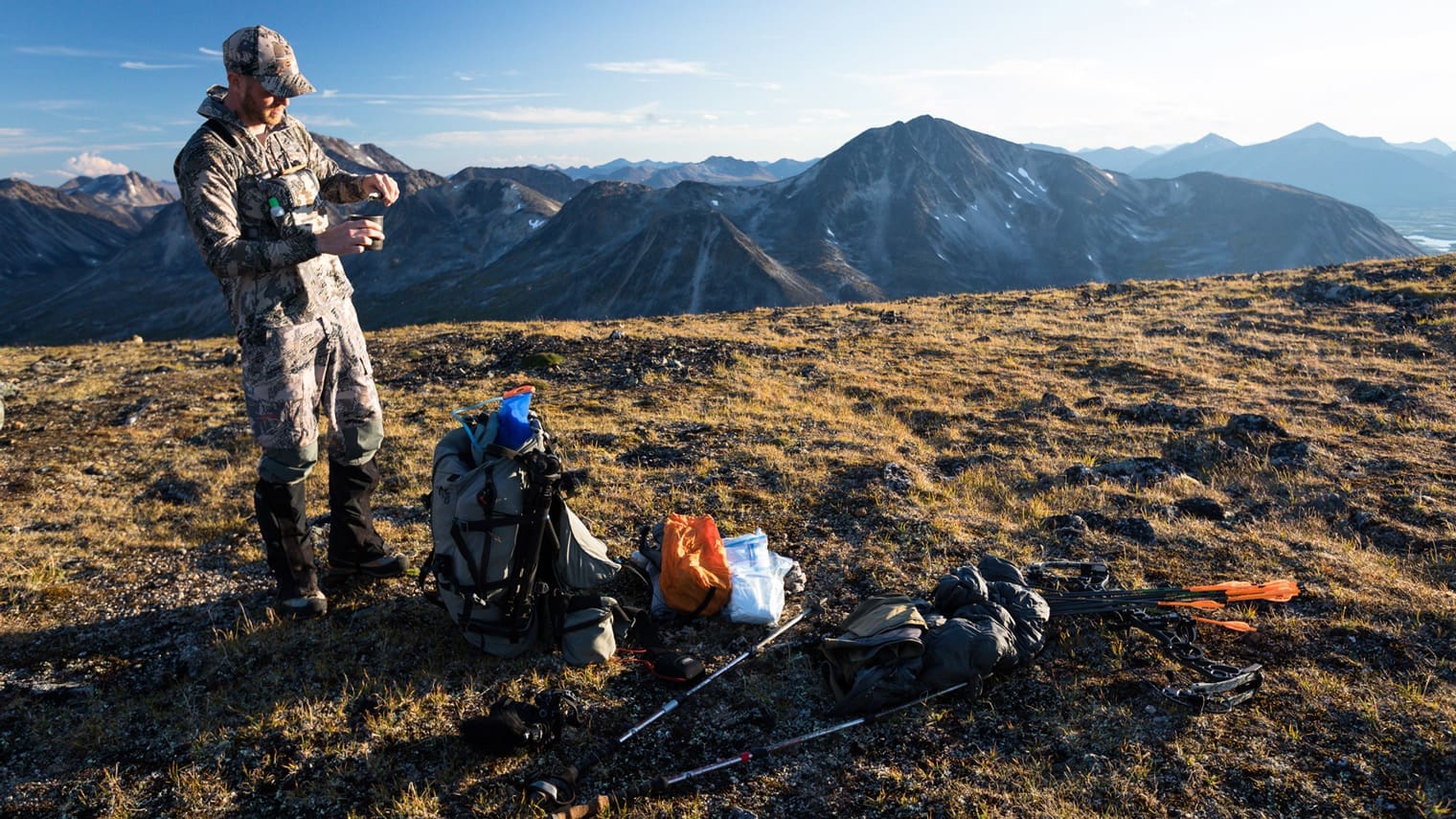
After driving most of the first day, I sleep in the back of my truck somewhere in Colorado around the 8500-foot mark. When I wake in the morning, it’s more water and more carbs before I finish my drive to the trailhead. This actually allows me to sleep at a higher elevation level and begin the acclimation process.
Most of the trailheads I hike out of are 10,000-11,000 feet and when I arrive, usually around mid-morning, I don’t hike or take on any physical activity that may create exertion on my part. This is a good time to consume water, eat meals, shoot your bow, and organize your backpack gear. Doing this allows your body to relax and acclimate even more at the higher elevation.
When nightfall comes, I spend another night in the bed of my truck and get up in the morning, ready to prepare for the long hike. I drink at least 50 oz. of water in the morning prior to my hike, have some oatmeal with Craisens, some small bagels, and don my pack for the hike. By now, I’ve prepared my body with fluids, fuel, and spent two nights sleeping in higher elevations to acclimate.
Medication and Supplement Route
There are other steps a hunter can take to help reduce the symptoms of AMS. Many hunters have had positive results with some prescription medications to increase their oxygen levels at higher elevation. Acetazolamide (Diamox) may be prescribed to those who qualify depending on any health issues. Diamox improves breathing and may reduce mild symptoms of AMS. However, this drug can cause increased urination, making it imperative you drink plenty of water during your hunt and avoid alcohol at all costs.
I prefer not to use prescription medication for any hunts if I can prepare my body naturally. However, having the medication to treat mild symptoms of AMS is an option for those who experience symptoms regularly. Supplemental over-the-counter remedies such as Wilderness Athlete Altitude Advantage is another potential option.
Conclusion
Acute mountain sickness is a serious but common event that occurs yearly for many outdoor enthusiasts who venture into the Rocky Mountains. The natural preparation routine has helped me several times in reducing any altitude sickness issues while bowhunting the high country. By acclimating yourself properly, increasing your water intake, and fueling your body with carbs, it may reduce your exposure to AMS and allow you to enjoy your outdoor experience safely.


